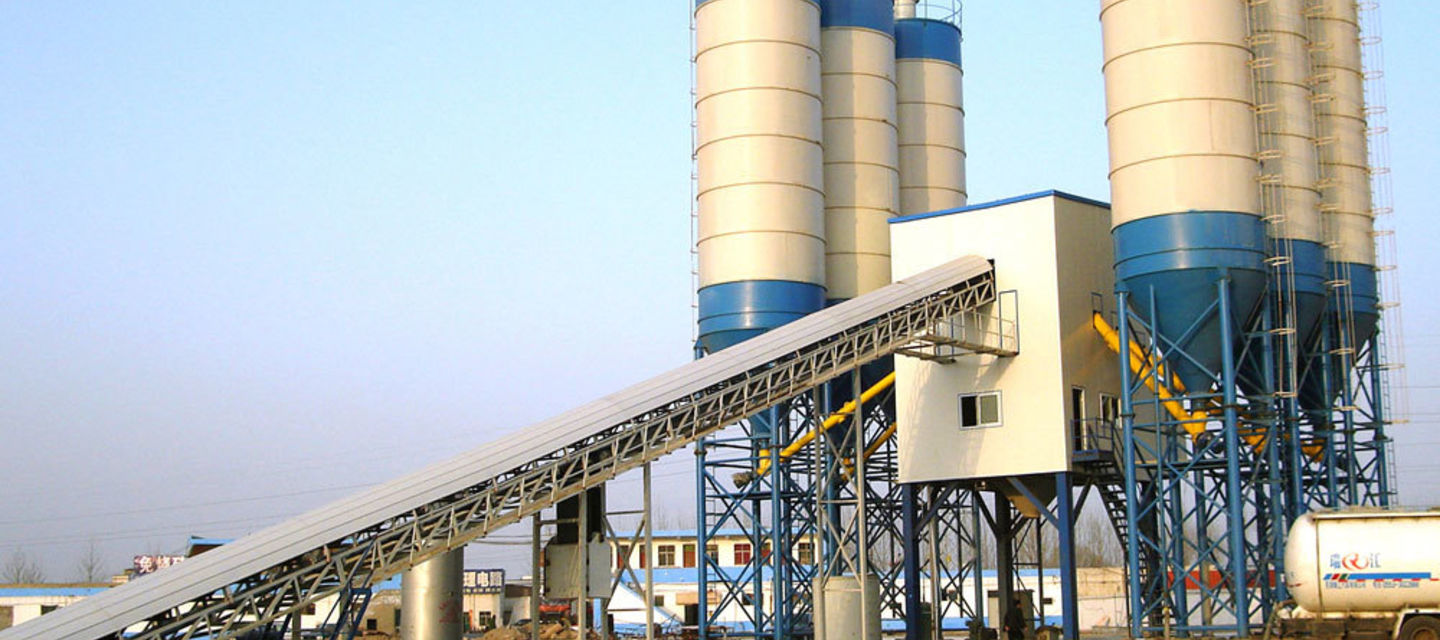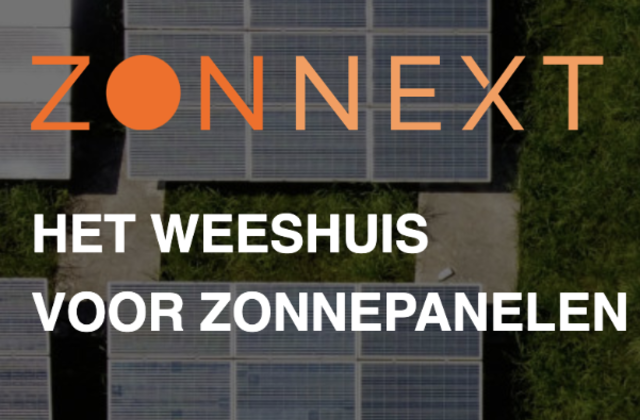What is it? CarbonCure utilizes CO2 emissions captured from other industrial activities for concrete production (CarbonCure, 2021a). The captured CO2 is injected into the fresh concrete mix, where the subsequent mineralization reactions convert CO2 into calcium carbonate minerals. This process reduces the amount of cement that must be used in the process by about 5 per cent to 8 per cent for ready mixed material (CarbonCure, 2021a). The resulting concrete is a low-carbon alternative with better performance and lower environmental impact (CarbonCure, 2021a). Concrete manufacturers can access this technology by retrofitting the CarbonCure unit to its existing concrete plant with a monthly subscription.
Why is this important? Cement is a heavy-polluting industry. More than 4 billion tonnes of cement are produced annually, which accounts for 13 per cent of global CO2 emissions in 2010 (IPCC, 2014). Moreover, global cement production is set to increase over 5 billion tonnes a year over the next 30 years due to rapid urbanization and economic development, especially in emerging economics (Muller and Harnisch, 2008). Therefore, the cement industry needs immediate action that can tackle the significant expansion while ensuring carbon emissions reductions. Low-carbon cement made with CO2 emissions is one such solution. It can reduce emissions in two ways, first, through direct sequestration of CO2 emissions and second by lowering cement demand (Specifyconcrete, 2020).
Main resource strategy: Closing the loop by utilizing waste CO2 emissions captured from other industrial activities in the concrete manufacturing process (CarbonCure, 2021a).
Other resource strategies:
Narrowing by displacing the conventional energy-heavy concrete production process with a more sustainable process (CarbonCure, 2021a).
Slowing the loop by aiming to produce concrete with a better performance and a longer lifetime. Also, its business model focuses on longer product lifetimes by including maintenance, monitoring and repair services for the technology.
Business model aspects:
- Value Proposition: CarbonCure offers the technology that can inject captured waste CO2 emissions into the concrete production process. It helps concrete manufacturers produce higher quality concrete with less environmental impact.
- Value Creation & Delivery: CarbonCure installs its unit with other inclusive services such as repair, maintenance, monitoring and emission reduction quantification. Concrete manufacturers can receive additional funding through carbon pricing policies that support CO2 capture and utilization efforts. Specific examples of such policies include the 45Q Tax Credit from the USA and Carbon Pollution Pricing Plan from Canada (CarbonCure, 2021b).
- Value Capture: CarbonCure gains revenue through subscriptions and as a facilitator in carbon credit trading (CarbonCure, 2021b).
Business model experimentation practices:
In January 2018, CarbonCure successfully demonstrated an integrated CO2 capture and utilization (CCU) process from cement for concrete production at Cementos Argos’ Roberta plant in Alabama (Global Cement, 2018). The project is made possible with a consortium with other CO2 capture technology providers, concrete manufacturers, and construction companies.
This project used CO2 captured from cement kiln for utilization downstream in concrete production. The produced low-carbon concrete was used in a local construction project in the greater Atlanta area.
Sustainability outcomes:
Since 2007, CarbonCure has managed to save 106,217 tonnes of CO2 according to its own calculations (CarbonCure, 2021a).
Sources:
CarbonCure. (2021a). CarbonCure Technology. Accessed 10 January 2021 at: http://www.carboncure.com
CarbonCure. (2021b). What a Changing Policy Environment Could Mean for Concrete Producers. CarbonCure. Accessed 14 January 2021 at: https://www.carboncure.com/concrete-corner/what-a-changing-policy-environment-could-mean-for-concrete-producers/
Global Cement. (2018). CarbonCure’s Consortium Demonstrates CO2 capture and utilization technology at Cementos Argo Roberta plant. Global Cement. Accessed 1 February at: https://www.globalcement.com/news/item/7165-carboncure-s-consortium-demonstrates-co2-capture-and-utilisation-technology-at-cementos-argos-roberta-plant
IPCC. (2014). Industry. In: Climate Change 2014: Mitigation of Climate Change. Contribution of Working Group III to the Fifth Assessment Report of the Intergovernmental Panel on Climate Change. Cambridge University Press.
Lehne, J. & Preston,F. (2018). Making Concrete Change Innovation in Low-carbon Cement and Concrete. Energy, Environment and Resources Department. Accessed 10 January 2021 at: https://www.chathamhouse.org/sites/default/files/publications/research/2018-06-13-making-concrete-change-cement-lehne-preston.pdf
Muller and Harnische (2008). Blueprint for Climate Friendly Cement Industry. WWF. Accessed 10 January 2021 at: https://awsassets.panda.org/downloads/englishsummary__lr_pdf.pdf
Specify Concrete. (2020). Concrete’s Role in Carbon Capture, utilization and storage. Specify Concrete. Accessed 10 January 2021 at: https://www.specifyconcrete.org/blog/concretes-role-in-carbon-capture-utilization-and-storage-ccus
***
About project Circular X
Project Circular X is about ‘Experimentation with Circular Service Business Models’. It is an ambitious research project funded by the European Research Council (ERC) which supports top researchers from anywhere in the world. Project CIRCULAR X runs from 2020-2025. The project is led by Principal Investigator (PI) Prof Dr Nancy Bocken, who is joined by a multidisciplinary team of researchers at Maastricht Sustainability Institute (MSI), Maastricht School of Business and Economics, Maastricht University. The project cooperates with businesses who want to innovate towards the circular economy.
Project Circular X addresses a new and urgent issue: experimentation with circular service business models (CSBMs). Examples of such new business models include companies shifting from selling products to selling services and introducing lifelong warrantees to extend product lifetimes. However, CSBMs are far from mainstream and research focused on experimentation is little understood. The research aims to conduct interdisciplinary research with 4 objectives:
- Advancing understanding of CSBMs; their emergence and impacts
- Advancing knowledge on CSBM experimentation
- Developing CSBM experimentation tools
- Designing and deploying CSBM experimentation labs
Funding source
This project has received funding from the European Research Council (ERC) under the European Union’s Horizon 2020 research and innovation programme, grant agreement No. 850159.
Using of this information
When you refer to this case, please use the following source:
Circular X. (2021) Case study: CarbonCure – Subscription model. Accessed from www.circularx.eu



